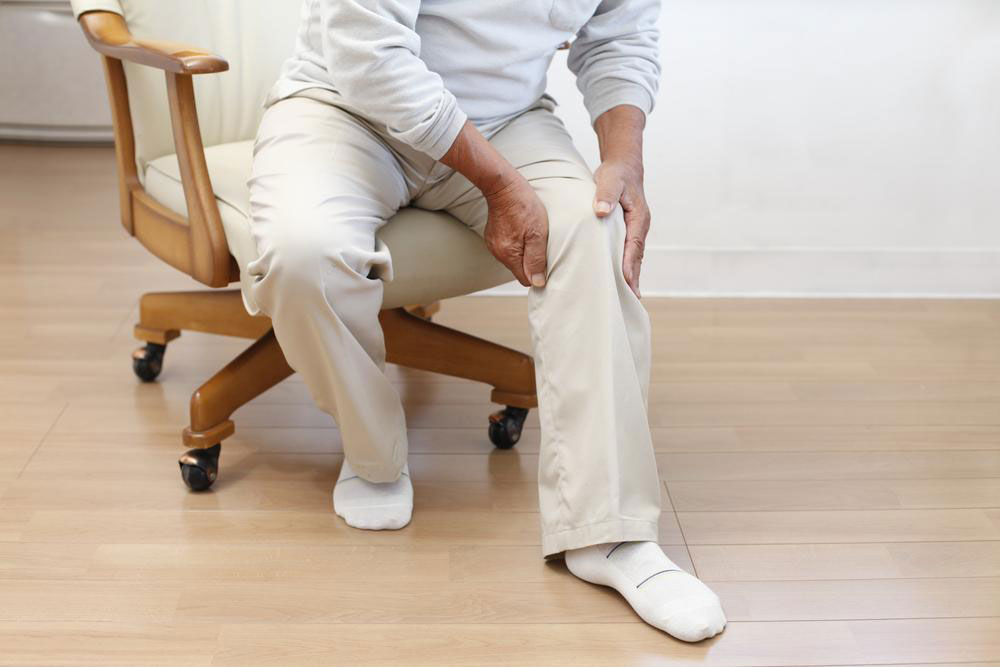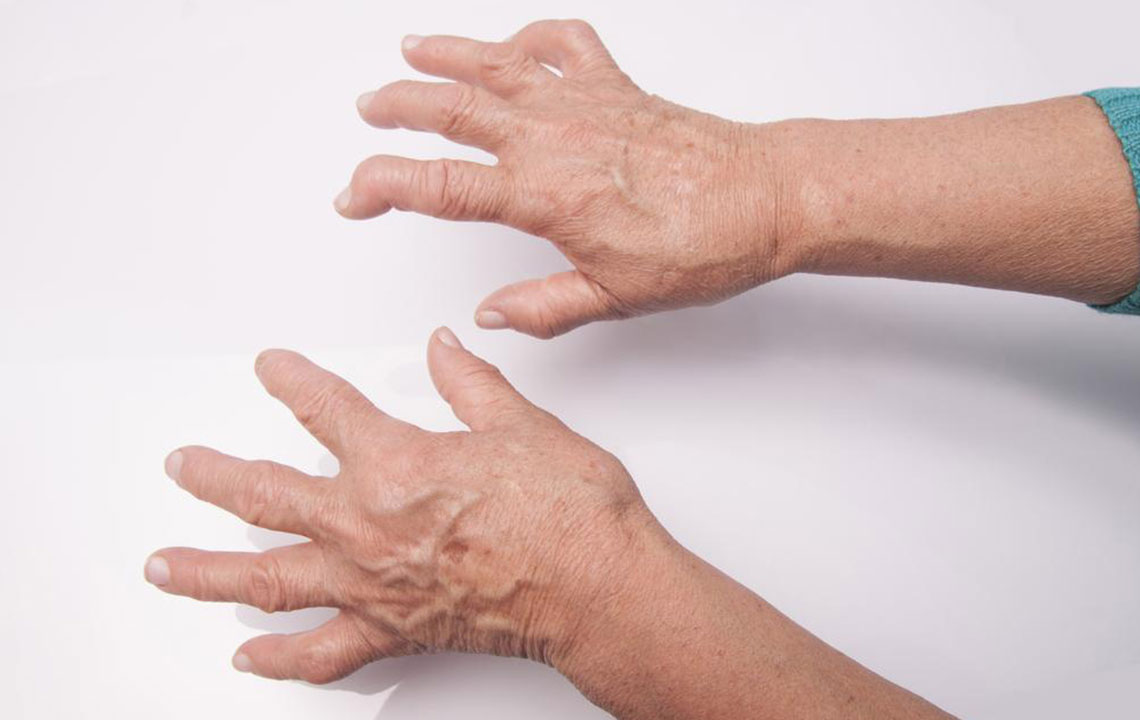Essential Insights into Sarcoidosis Symptoms and Signs
Discover essential information about sarcoidosis symptoms, including early signs like fever, swollen lymph nodes, and skin bumps, along with organ-specific manifestations. Learn about potential remission and treatment challenges to better understand this autoimmune disease.

Sarcoidosis is an autoimmune condition that primarily impacts individuals aged 20 to 40, leading to inflammation in vital organs like the lungs, heart, brain, eyes, and skin. Symptoms commonly appear when the lungs and lymph nodes are involved, with inflamed tissues and nodules forming in affected areas. Often, sarcoidosis resolves on its own without treatment, but in rare instances, symptoms can be severe enough to interfere with daily life. Early-stage symptoms include fever, swollen lymph nodes, painful joint swelling, and tender red bumps on the legs, known as erythema nodosum, which tend to resolve over time without intervention.
Symptoms vary based on the organs affected but generally include persistent cough, chest discomfort, irregular heartbeat, fatigue, night sweats, headaches, visual issues, numbness, eye redness or irritation, muscle swelling, skin rashes, and tissue discoloration. In some cases, symptoms may improve spontaneously, with remission occurring within three to ten years, and reoccurrence being rare, affecting about 5% of patients. Chronic sarcoidosis can cause ongoing organ damage, requiring treatment to relieve symptoms and prevent failure. However, current therapies are limited, and research is ongoing to find more effective options.
Note: The information shared on our platform aims to inform but should not replace professional medical advice. Readers are advised to consult healthcare providers for proper diagnosis and treatment. Our team endeavors to provide accurate insights but cannot be held responsible for discrepancies or omissions in other sources or platforms.










